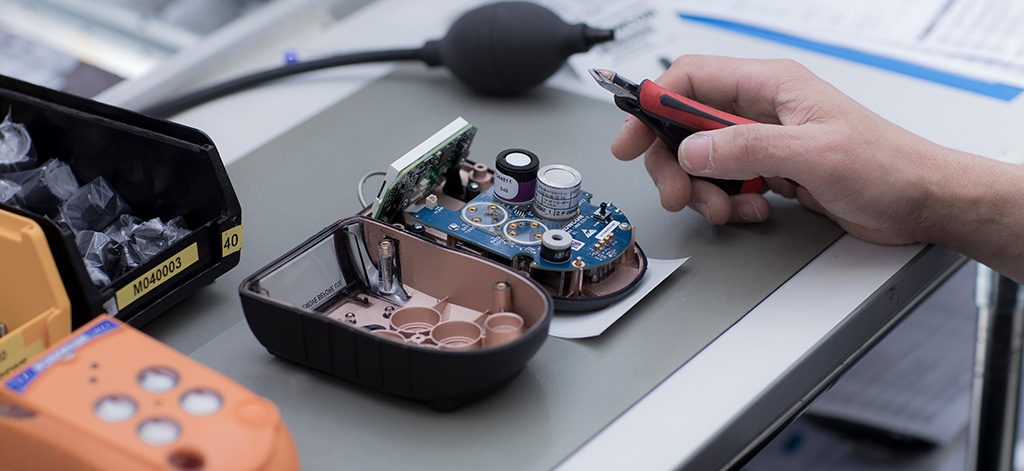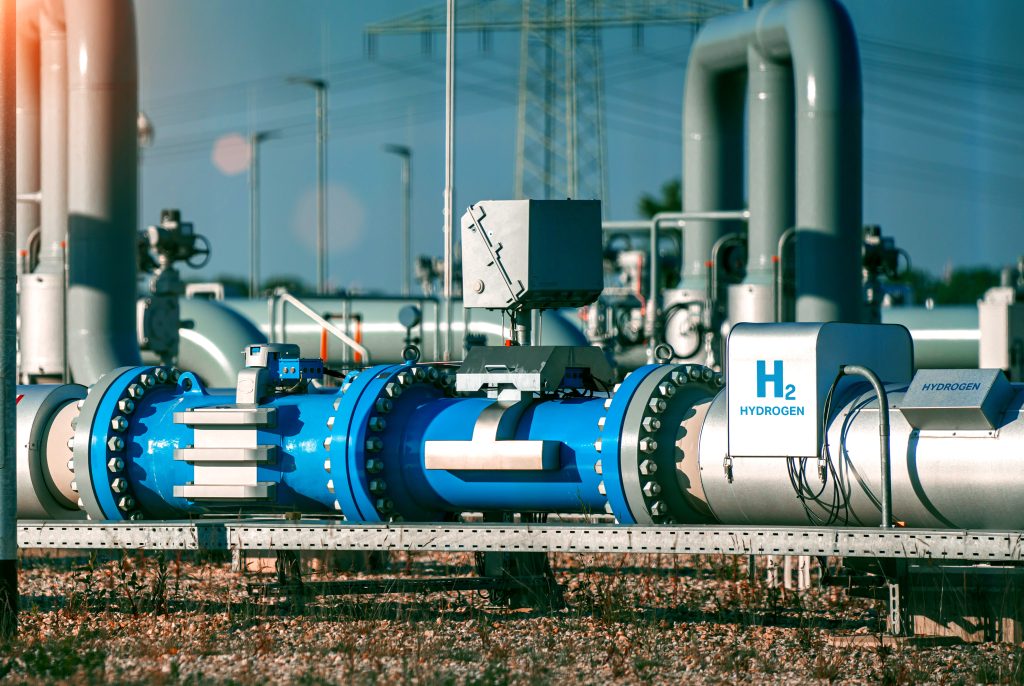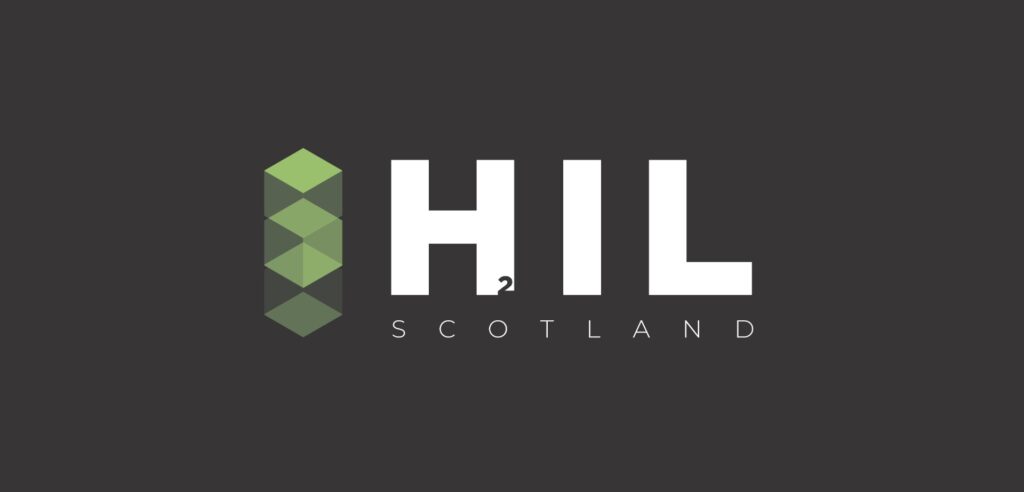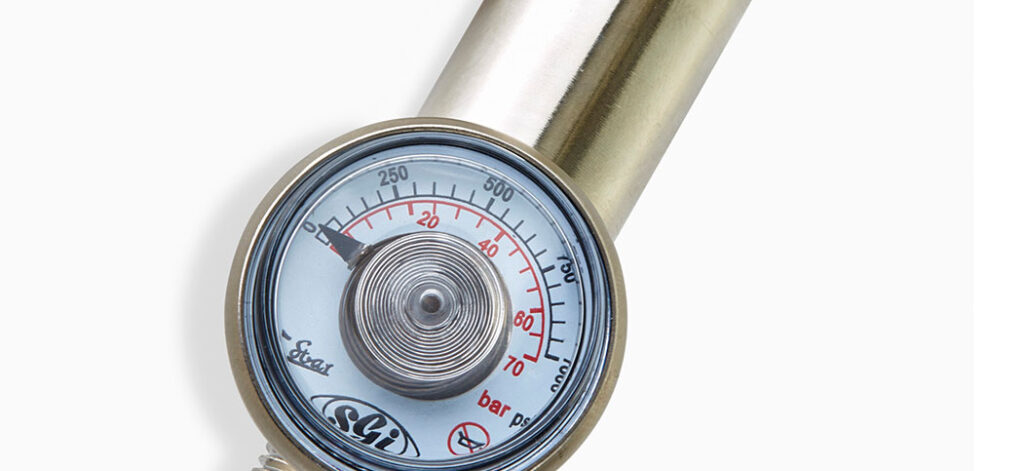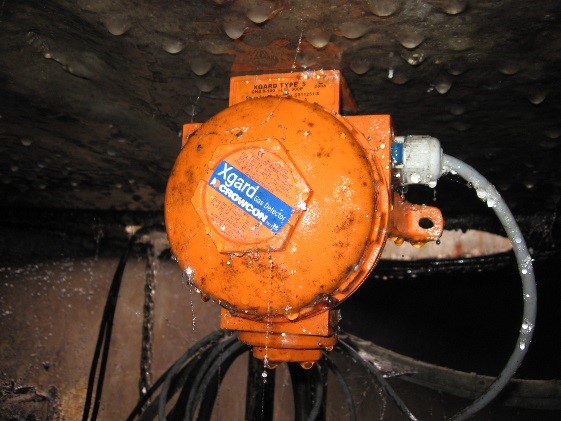O oxigénio, um gás incolor e inodoro, é uma parte importante da atmosfera e é necessário para sustentar a vida. No entanto, se os níveis se tornarem demasiado elevados, pode tornar-se altamente perigoso.
Esta semana, analisamos os perigos de níveis elevados e baixos deste gás essencial quotidiano.
O que é o oxigénio?
O oxigénio é o subproduto da fotossíntese, o processo pelo qual as plantas e as algas aproveitam o poder da luz solar para criar hidratos de carbono celulares a partir da água e do dióxido de carbono. Carl Wilhelm Scheele descobriu inicialmente o oxigénio em 1772. A palavra oxigénio vem das palavras gregas: oxus (ácido) e gennan (gerar)
Os perigos de demasiado oxigénio
O oxigénio (O2), normalmente presente no ar a 20,9%, é essencial para a vida humana. É geralmente reconhecido que níveis baixosde O2 são perigosos.
Possivelmente, menos bem compreendido é o facto de que demasiado oxigénio no ar também pode ser altamente perigoso se não forem tomadas precauções. O aumento dos níveis pode ser causado por fugas deO2 para o ambiente geral em torno de processos que utilizam oxigénio; desde a soldadura e o corte por chama até à conservação e embalagem de alimentos; numa vasta gama de sectores industriais, desde siderurgias a fábricas de produtos químicos; e numa variedade de aplicações médicas, desde equipamento de respiração a câmaras hiperbáricas.
Quais são os perigos?
A partir da norma de 20,9% de oxigénio, um aumento para apenas 24% aumenta significativamente o risco - não só as coisas se inflamam mais facilmente, como podem arder mais quente e mais ferozmente. A extinção de uma chama pode tornar-se quase impossível. Sob pressão, o oxigénio puro pode reagir violentamente com materiais como o óleo e a gordura, que normalmente podem ser considerados pouco reactivos.
Muitos materiais utilizados habitualmente noutras circunstâncias são incompatíveis com a utilização em ambientes ricos em oxigénio, uma vez que podem incendiar-se espontaneamente ou reagir de forma explosiva.
Formas de prevenir o enriquecimento com oxigénio
Idealmente, os locais de trabalho devem ser avaliados quanto aos riscos e devem ser tomadas todas as precauções razoáveis e praticáveis para garantir a segurança. Uma análise cuidadosa dos riscos da utilização de oxigénio deve ser incluída nessa avaliação. Outras formas de evitar níveis elevados de oxigénio são assegurar que o equipamento é mantido em boas condições e ter cuidado ao utilizá-lo. Assegurar também uma boa ventilação.
O que deve fazer se suspeitar de enriquecimento de oxigénio?
- Desligue o fornecimento de oxigénio
- Apague os cigarros e as chamas
- Certifique-se de que a sala está bem ventilada
- Identifique e repare a fonte
Utilização de oxigénio no local de trabalho - Perigos de incêndio e de explosão é um guia útil para quem trabalha com garrafas de oxigénio. Publicado pelo Health & Safety Executive (HSE) do Reino Unido, destaca as boas normas, permitindo que as empresas de todo o mundo se conformem com as melhores práticas. Descarregue um PDF gratuito a partir do sítio Web do HSE do governo do Reino Unido.
INFORMAÇÕES SOBRE O SECTOR
Subscreva para receber as
últimas informações
na sua caixa de correio eletrónico
Ler sobre a Privacidade e Política de Cookies aqui. Se mudar de ideias, pode cancelar a subscrição em qualquer altura

